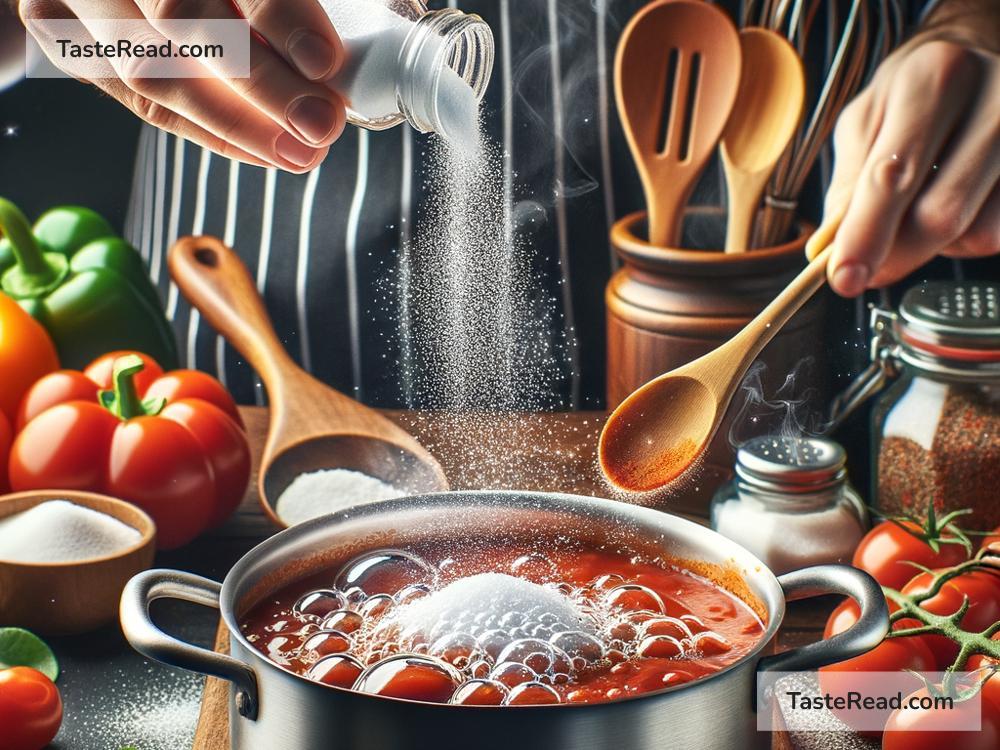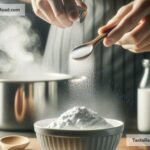The Science of Cooking with Chemical Resolve: Techniques and Tips
Cooking is an art, but it’s also a science. Behind every perfect dish is a mixture of chemical reactions that transform ingredients into mouthwatering meals. When you understand the science of cooking, you can follow recipes more confidently and even experiment to create your own masterpieces. Today, let’s explore some key techniques and tips that will help you harness the power of chemistry in the kitchen!
What Is Chemical Resolve in Cooking?
Chemical resolve simply refers to using an understanding of chemical reactions to strengthen your cooking skills. Food is made of molecules, and cooking changes those molecules physically and chemically. Heat causes proteins to unravel, sugars to caramelize, and water molecules to evaporate. Acids can tenderize meat, and alkalis can crisp vegetables. Knowing how these reactions work will help you make smarter decisions when preparing meals.
1. The Maillard Reaction: The Secret to Flavor
One of the most famous chemical processes in cooking is the Maillard reaction. This happens when proteins and sugars in food interact with heat, creating rich, browned flavors and golden colors. Think about the crust of roasted chicken, the glaze on baked bread, or the seared edges of a steak — these are all products of the Maillard reaction.
Tip: The Maillard reaction works best at high temperatures and with dry surfaces. Make sure to pat your meat dry with a paper towel before searing it in a hot pan. Don’t overcrowd the pan, as too much moisture can prevent browning.
2. Using Acids to Enhance Flavors
Acids are powerful tools in cooking. Vinegar, citrus juice, yogurt, and wine are acidic ingredients that can brighten flavors and tenderize proteins. For instance, when you marinate meat in lime juice or wine, the acid breaks down tough tissues, making the meat softer and easier to chew.
Tip: Be careful not to over-marinate meat, as too much acid can make it mushy. For fish or chicken, 1-2 hours is usually enough time for the acid to do its magic.
Bonus Tip: Add a squeeze of lemon or a splash of vinegar near the end of cooking soups, stews, or sauces. This will bring out layers of flavor and make the dish more vibrant.
3. Emulsification: Making Oil and Water Work Together
Oil and water don’t mix naturally, but emulsification is the science-based technique for getting them to cooperate. When you whisk together egg yolks and oil to make mayonnaise, or olive oil and vinegar to create salad dressing, you’re creating an emulsion. The molecules in egg yolks or mustard act as emulsifiers, allowing the oil and water to blend smoothly.
Tip: Slowly add the oil when making an emulsion. If you pour it too quickly, the mixture might separate. Whisking steadily and patiently is key to success.
4. Baking and Leavening: The Power of Chemistry
Baking is often considered the most scientific part of cooking. Ingredients like baking soda, baking powder, and yeast create chemical reactions that cause doughs and batters to rise. For example, when yeast interacts with sugar, it produces carbon dioxide bubbles, which make bread fluffy. Similarly, baking soda reacts with acids like buttermilk, releasing air that helps cake batter expand.
Tip: Follow baking recipes closely; measurements matter in baking chemistry. Even small variations can affect how your cake rises, its texture, or how evenly it browns.
Bonus Tip: Preheat the oven properly before baking to ensure consistent heat and optimal chemical reactions.
5. Caramelization: Sweet Science
Caramelization happens when sugar is heated, breaking down into compounds that create a deep, rich sweetness. This process gives caramel its distinct flavor, but it’s also what makes roasted vegetables taste fantastic. Carrots, onions, and sweet potatoes contain natural sugars that caramelize beautifully when roasted.
Tip: Cut vegetables into similar-sized pieces to ensure even caramelization. Roast them at high heat (around 400°F/200°C) and don’t overcrowd the pan, so they roast instead of steaming.
6. Salt: More Than Just Seasoning
Salt isn’t just about making food taste salty; it’s a key player in many cooking processes. It draws out moisture, enhances flavors, and can even strengthen dough when making bread. When added at the right time, salt can transform a dish.
Tip: Salt meat before cooking (a technique called dry brining) so it stays juicier and develops a better crust during cooking. For soups and stews, add salt gradually and taste as you go.
7. Controlling Temperature: Precision Matters
Temperature is a critical factor in cooking. Too much heat can burn food, while too little can leave it undercooked. Using a thermometer is one of the best ways to ensure perfect results, especially for meats. Different proteins (like chicken, pork, or beef) require different internal temperatures for safe and delicious results.
Tip: Invest in a good kitchen thermometer and learn the appropriate temperatures for the dishes you make. For example, chicken should reach 165°F (74°C) internally, while steak can be cooked to 130°F (54°C) for medium-rare.
Experiment and Enjoy!
The beauty of understanding the science of cooking is the confidence it gives you. You don’t have to be a professional chef to use these techniques — just be curious and ready to learn. Start with small experiments, like adding a bit of acid to your sauce, dry brining a steak, or using a kitchen thermometer for meats. Over time, you’ll improve your cooking skills and impress your family and friends with your delicious creations.
Cooking is truly magical when you understand the science behind it. So, grab your apron, explore the chemistry of food, and enjoy the delicious journey ahead!


